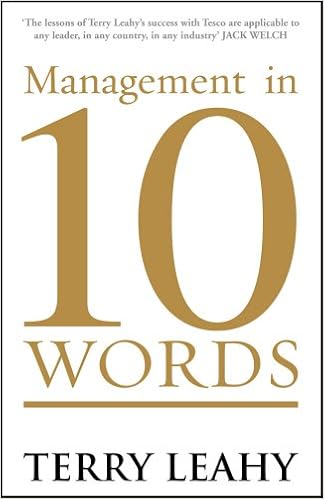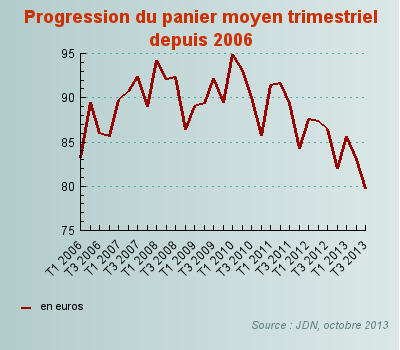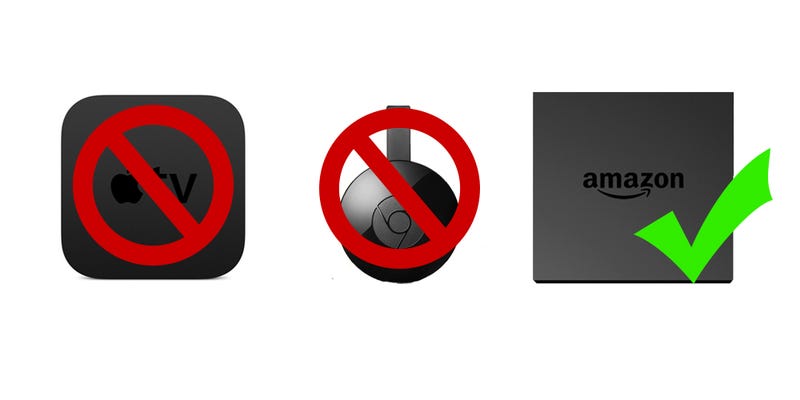The letter has never been read by the CEO, which eventually resigned. Michael Kullen created the chain King Kullen and experienced much success with his concept.
0 feet wide and 130 to 160 feet deep, and they ought to be located from one to three blocks out of a high-rent district with plenty of parking space, and same to be operated as a semi-service store -- 20% service and 80% self-service.
My grocery equipment would cost $2,500. My
meat equipment would cost about $4,500 complete. A total outlay of $7,000 for equipment and a $23,000 stock of merchandise in each store. In other words, I would have an investment in each store of $30,000.
... I expect to do a grocery business of $8,500 per week per store [and] a fruit and vegetable business of $1,500 per week per store. In other words, the kind of stores I have in mind should do a grocery business of $10,000 a week and a meat business of $2,500 per week. On the grocery business, including fruit and vegetables, I can operate on a gross profit of 9%. ... Our meat department sales per store would be at least $2,500 per week, and we would make a net profit of at least 3% on this meat business.
This is the kind of cut-rate chain of wholesale-selling direct to the public that I want to operate:
I want to sell 300 items at cost.
I want to sell 200 items at 5% above cost.
I want to sell 300 items at 15% above cost.
I want to sell 300 items at 20% above cost.
I want to gross 9% and do a grocery, fruit and vegetable business of $10,000 per week and make a net profit of 2.5% on the grocery department and 3% on the meat department.
You need have no fear regarding the present overhead of the chain stores. My buying, advertising and hauling expense of $110 per week per store is more than enough to take care of the buying under my supervision, and this could be reduced 25 points after I had my fifth store opened.
I would bill all merchandise to the store at cost and adopt a cash register check system so that stealing or dishonesty would be impossible. I would inventory these stores every month at cost, and their stock gain less all current expenses would be our net profit per month per store.
It would be a little difficult to begin with to buy for my first store, but after my fifth store was opened, I could buy the minimum shipments and ship 80% of same F.O.B. to the store direct, thereby eliminating entirely a warehouse, which is not necessary when these monstrous stores could show a turnover such as I would get.
Can you imagine how the public would respond to a store of this kind? To think of it -- a man selling 300 items at cost and another 200 items at 5% above cost. Nobody in the world ever did this before. Nobody every flew the Atlantic either until Lindbergh did it.
When I come out with a two-page ad and advertise 300 items at cost and 200 items at practically cost, which would probably be all the advertising that I would ever have to do, the public ... would break my front doors down to get in. It would be a riot. I would have to call out the police and let the public in so many at a time. I would lead the public out of the high-priced houses of bondage into the low prices of the house of the promised land.
I would convince the public that I would be able to save them from $1 to $3 on their food bills. I would be the "miracle man" of the grocery business. The public would not and could not believe their eyes. Weekdays would be Saturdays, rainy days would be sunny days, and then when the great crowd of American people came to buy all those low-priced and 5% items, I would have them surrounded with 15%, 20% and in some cases 25% items. In other words, I could afford to sell a can of milk at cost if I could sell a can of peas and make 2 cents, and so on all through the grocery line.
The fruit and vegetable department of a store of this kind would be a gold mine. This department alone may make a net profit of 7% due to the tremendous turnover we would have after selling out daily and not throwing half the profit away, which is done at the present time in 25% of the chain stores throughout the land.
Then the big meat department. This would be a beehive. We would have the confidence of the public. They [would know] that every other grocery item they picked up they saved money on same, and our meat department would show us a very handsome profit. It wouldn't surprise me if they could not net 5% in this department.
... I was never so confident in my life as I am at the present time, and in order to prove to you my sincerity and my good faith, I am willing to invest $15,000 of my own money to prove this will be the biggest money-maker you have ever interested yourself in.
... Again, you may object to my locating two or three blocks from the business center of a big city. One great asset in being away from the business section is parking space. Another is, you can get generally the kind of store you want and on your own terms. The public will walk an extra block or two if they can save money, and one of our talking points would be, the reason we sell at wholesale prices is that we are out of the high-rent district.
... Don't let the buying worry you in any way whatever. I can handle the buying in fine shape. I could buy goods, ship them direct to my stores 3% cheaper than you could buy them, store them in a warehouse and put them all through the red tape that all Kroger items go through before they are sold.
... Before you throw this letter in the wastebasket, read it again and then wire me to come to Cincinnati so I can tell you more about this plan and what it will do for you and your company.
The one thought always uppermost in mind -- how can I undersell the other fellow? how can I beat the other fellow? how can I make my company more money? The answer is very simple: by keeping my overhead down, and only by keeping this overhead down, can I beat the other fellow.
Read More: http://supermarketnews.com/print/archive/letter-kroger#ixzz3gjIXYLCq






























